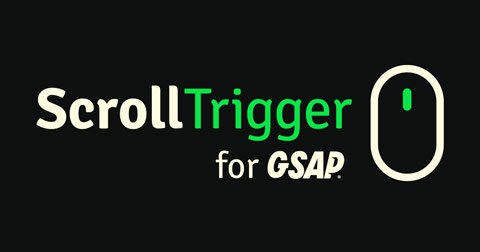Performance
- gsap:
GSAPis known for its exceptional performance, even with complex animations and large numbers of elements. It is highly optimized for speed and efficiency, making it the go-to choice for professional animators and developers who need to create smooth, high-quality animations. - velocity-animate:
Velocity.jsoffers performance improvements over traditional jQuery animations by using a more efficient animation engine. It is faster than jQuery’s built-in animations, especially for complex sequences, but may not be as fast as GSAP for very large or intricate animations.
Ease of Use
- gsap:
GSAPhas a steeper learning curve due to its advanced features and flexibility, but it is well-documented and provides extensive resources for learning. Once familiar, developers can leverage its power to create highly complex animations with precision. - velocity-animate:
Velocity.jsprovides a familiar API for those who have used jQuery, making it easy to learn and use. Its documentation is straightforward, and it offers a good balance of simplicity and functionality for creating animations quickly.
Animation Control
- gsap:
GSAPexcels in animation control, offering advanced features like timelines, nested animations, and precise control over each animation’s start time, duration, and easing. It provides the most flexibility and control of the three libraries, making it ideal for complex animations. - velocity-animate:
Velocity.jsoffers good control over animations, including the ability to pause, stop, and reverse animations. It also supports queuing and chaining animations, but it is not as feature-rich in this regard as GSAP.
SVG Animation Support
- gsap:
GSAPalso provides robust support for SVG animations, with advanced features like SVG morphing, which allows for smooth transitions between different SVG shapes. It is highly versatile and is widely used in the industry for professional-grade SVG animations. - velocity-animate:
Velocity.jssupports basic SVG animations, but it is not as feature-rich as anime.js or GSAP in this area. It can animate SVG properties, but it lacks advanced features like morphing or detailed control over SVG animations.
Code Example
- gsap:
Simple Animation with
GSAP// Animate the opacity and position of a div gsap.to('.box', { opacity: 0, x: 100, duration: 1 }); - velocity-animate:
Simple Animation with
Velocity.js// Animate the height of a div $('.box').velocity({ height: '200px' }, 1000);


